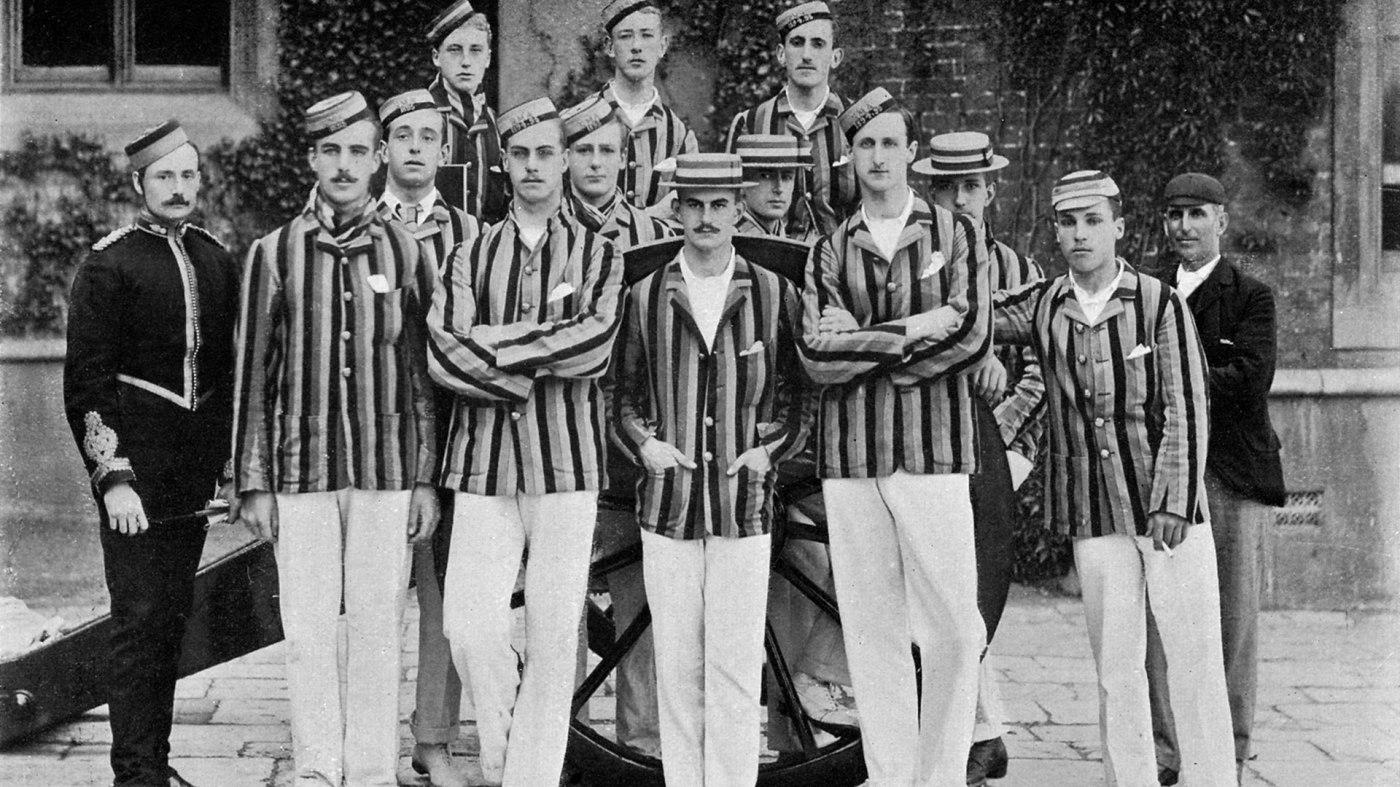From its humble beginnings as a naval garment to its evolution into a timeless fashion staple, the history of the blazer is a fascinating journey through sartorial innovation and cultural influence. Originating in the early 19th century, the blazer has transcended its utilitarian roots to become synonymous with elegance, sophistication, and versatility in modern wardrobes.
For centuries, the double-breasted jacket has been a unisex classic, but – with origins rumoured from the sports field to the high seas; and a first appearance in Vogue in 1893 – what’s the history of the blazer? Image credits: Getty Images
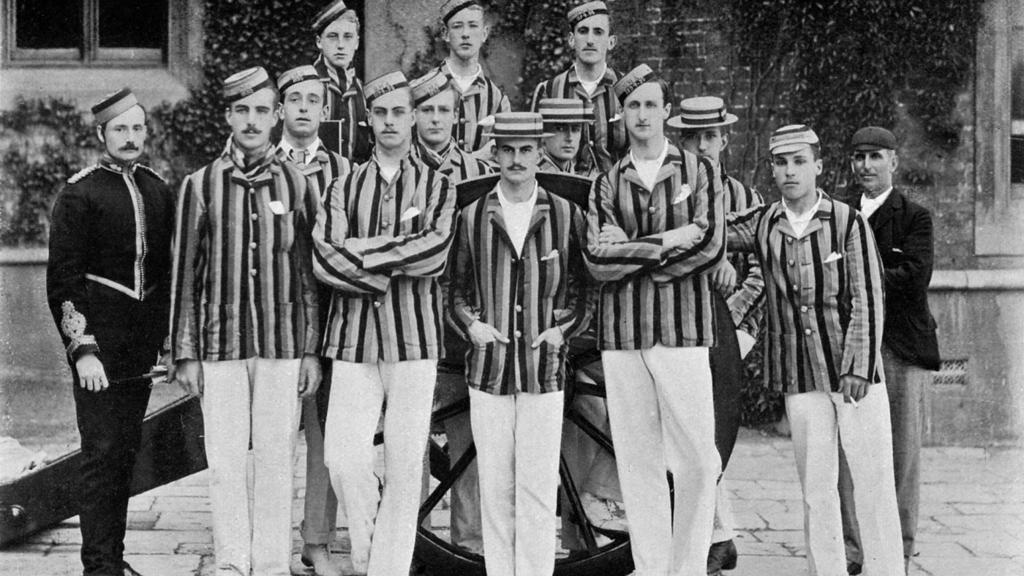
Image credit: Getty Images
The blazer is traditionally a thigh-length, double-breasted jacket, tailored in either black or navy lightweight flannel. The brass buttons on the sleeves reflect the garment’s origins in late 19th-century British boating and cricketing culture. A middle child, the blazer is positioned between the formal suit jacket and the casual sports jacket. Worn without matching pants, the blazer is looser and less structured around the shoulder and chest than the suit jacket.
The garment has several origin stories. One traces it to the red “blazers,” or bright sporting jackets, worn by the boating team of St John’s College, Cambridge in the 1820s. Another pinpoints the year 1837, when the captain of the HMS Blazer dressed his crew in navy-blue, double-breasted jackets, complete with distinguished Royal Navy brass buttons, in order to welcome Queen Victoria on-board the ship. Or the jacket may have acquired its name from the “blazes,” or stripes, of country club jackets in the 1870s. In any case, the term outgrew its original intention, moving from the water to the shore and beyond the sports club. Colourways expanded similarly, beyond black and navy, with the modern blazer today sold in a wide variety of colours and fabrics.
The blazer made its first Vogue appearance in June 1893: “Now that the boating season has begun, dressmakers and tailors are busy making up fetching yachting costumes,” the reporter wrote. “The smartest I have seen are those which have perfectly plain skirts with the Eton jacket or the long blazer, the revers of which flare tremendously and are faced with white.” Around the turn of the century, the blazer was a staple of the New Woman’s wardrobe, worn with a shirtwaist and a tailored skirt. As sporting activities became accepted for women, leisurewear became more casual, and the blazer was abandoned for sweaters or cardigans.
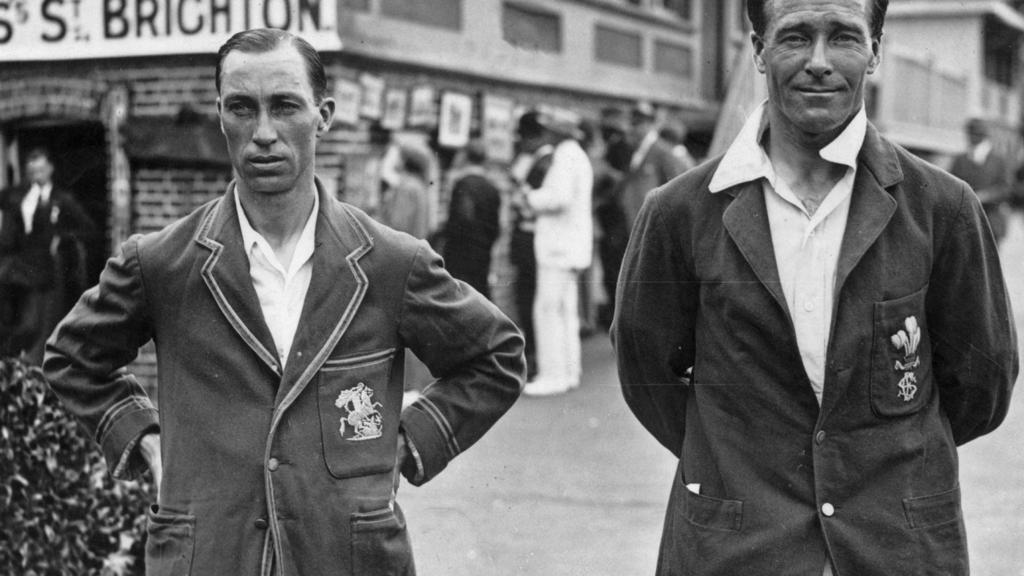
Image credit: Getty Images
The blazer had its first major revival in the 1950s when British students altered their school blazers to make them stylish. In Mods: The New Religion by Paul Anderson, former followers recount their style inspiration. “Around this period I got a three-chrome, button blazer,” recalls Mickey Modern from London. “It became fashionable to have your initials in Roman characters on the breast pocket.” Lloyd Johnson from Hastings remembers that one of his friends had his mother shorten his school blazer to “look like a bum freezer,” while his friend “took off his tie and turned his collar up.”
Some 20 years later, Giorgio Armani ushered the garment back into fashion, presenting his first collection of unstructured men’s blazers in 1975. Unlined and un-ironed, the jacket was less formal than a suit jacket, but still professional. Armani’s blazers could be worn like a sweater or a jacket, casual but sophisticated. The “King of the Blazer” was anointed when Richard Gere wore Armani in the 1980 hit American Gigolo. The blazer had finally garnered sex appeal.
Around the late 2000s, colourful blazers were adopted as a fashion trend by women. Made popular during Christophe Decarnin’s tenure at Balmain between 2006 and 2011, the blazer became a statement piece to layer over an evening dress. In the past few years, it has even made an appearance as the dress itself – cut to the top of the thigh, the blazer-dress is but the latest rendition of this classic wardrobe staple.

Young model, 1946. Image credit: Getty Images

The Henley Regatta, circa 1955. Image credit: Getty Images
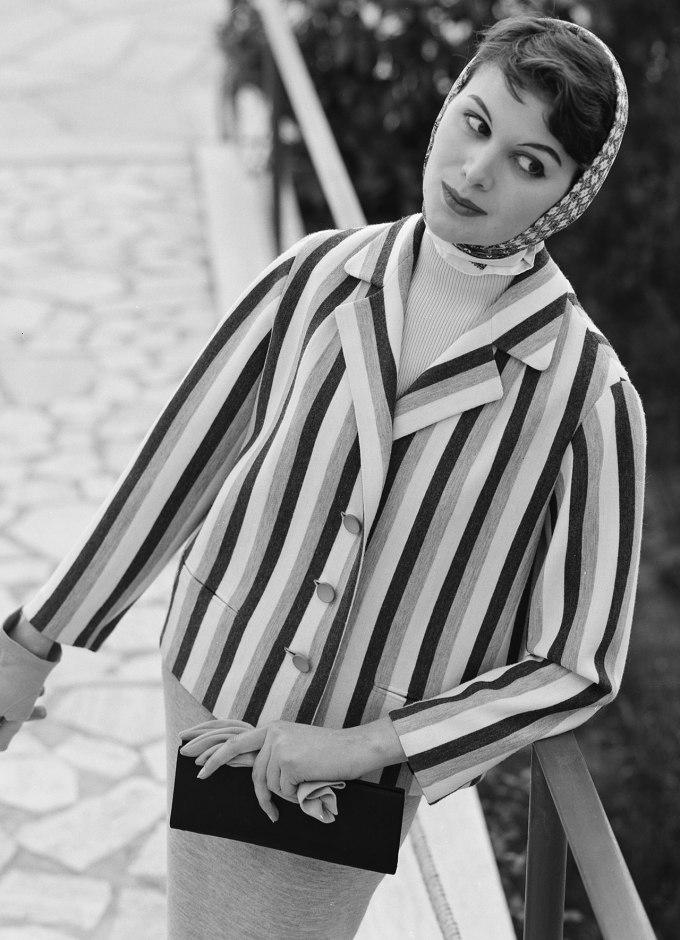
A model wearing a Veneziani outfit, circa 1955. Image credit: Getty Images
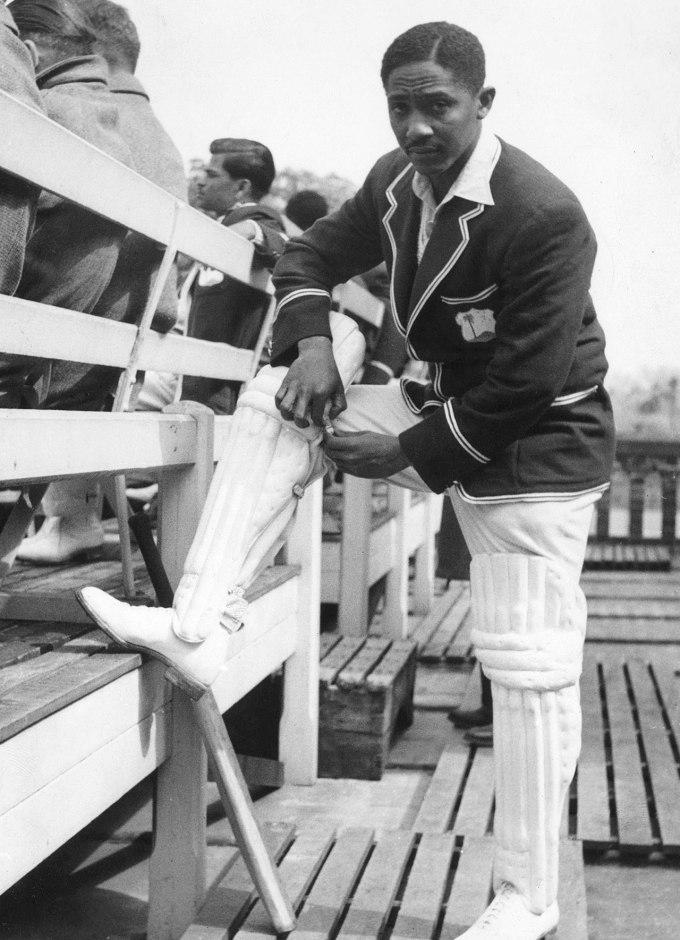
Frank Worrell, 1950. Image credits: Getty Images
Related
Discover more from ReviewFitHealth.com
Subscribe to get the latest posts sent to your email.
